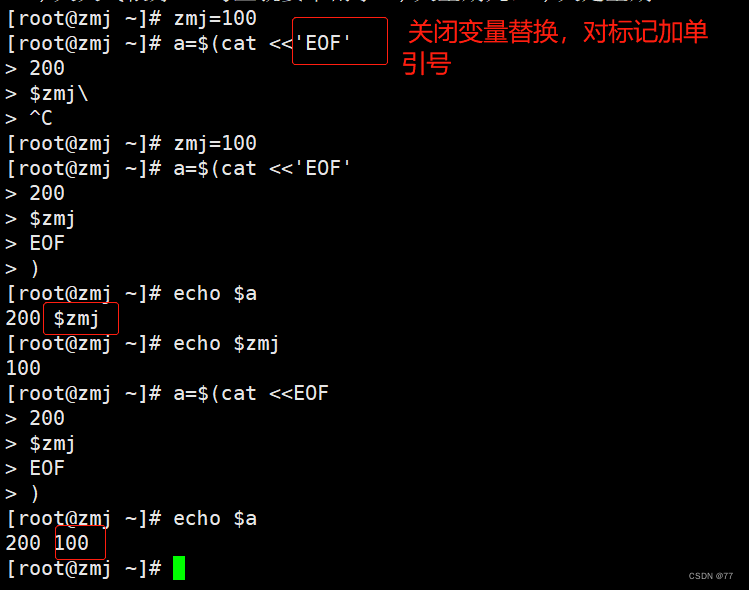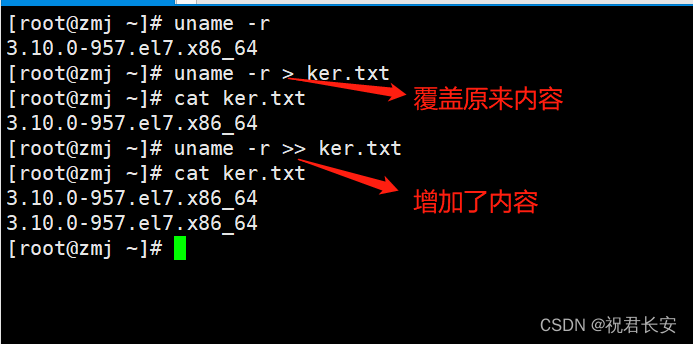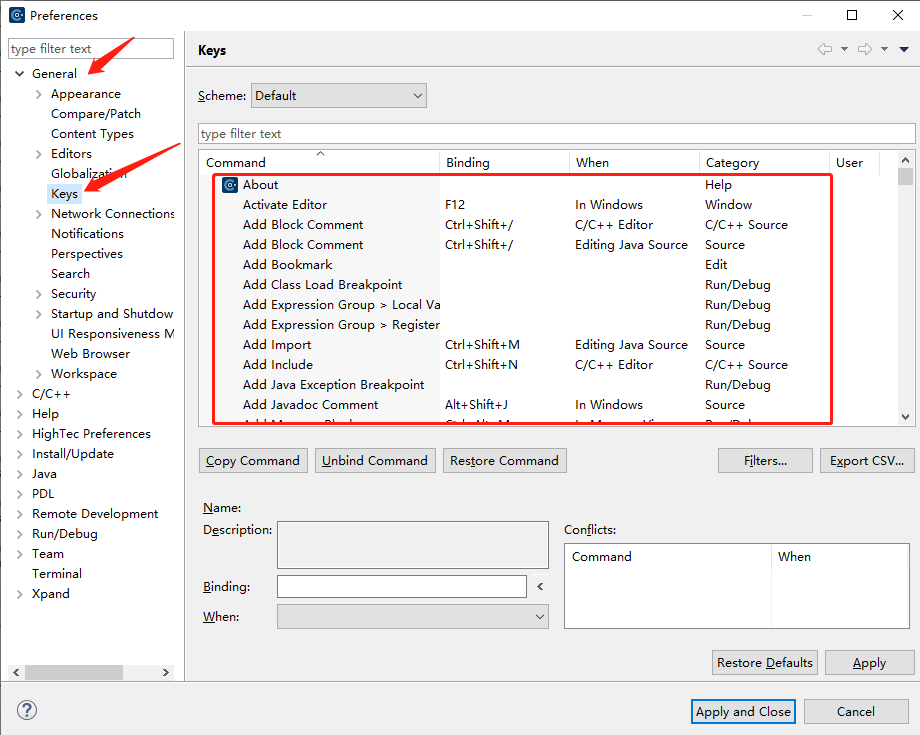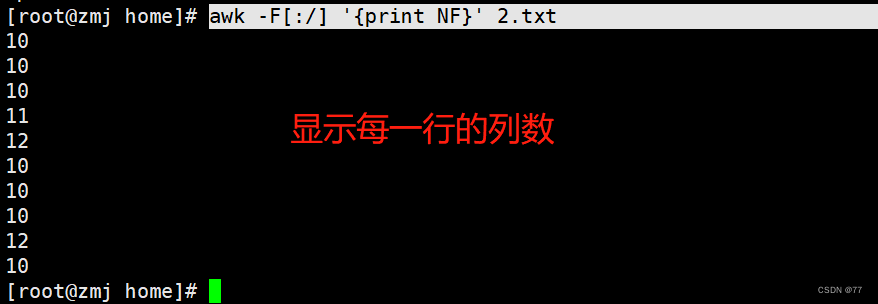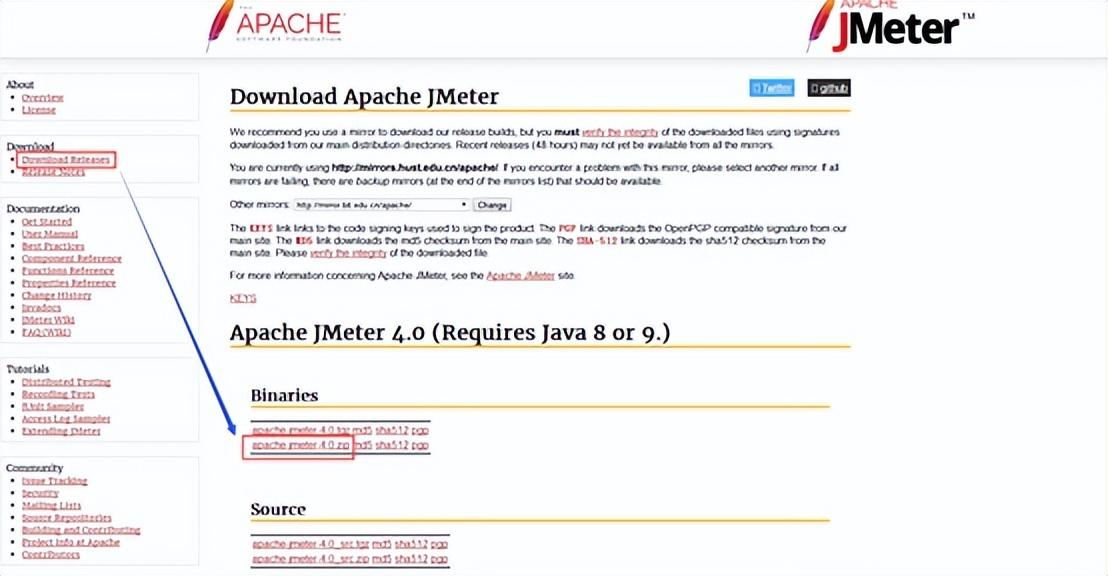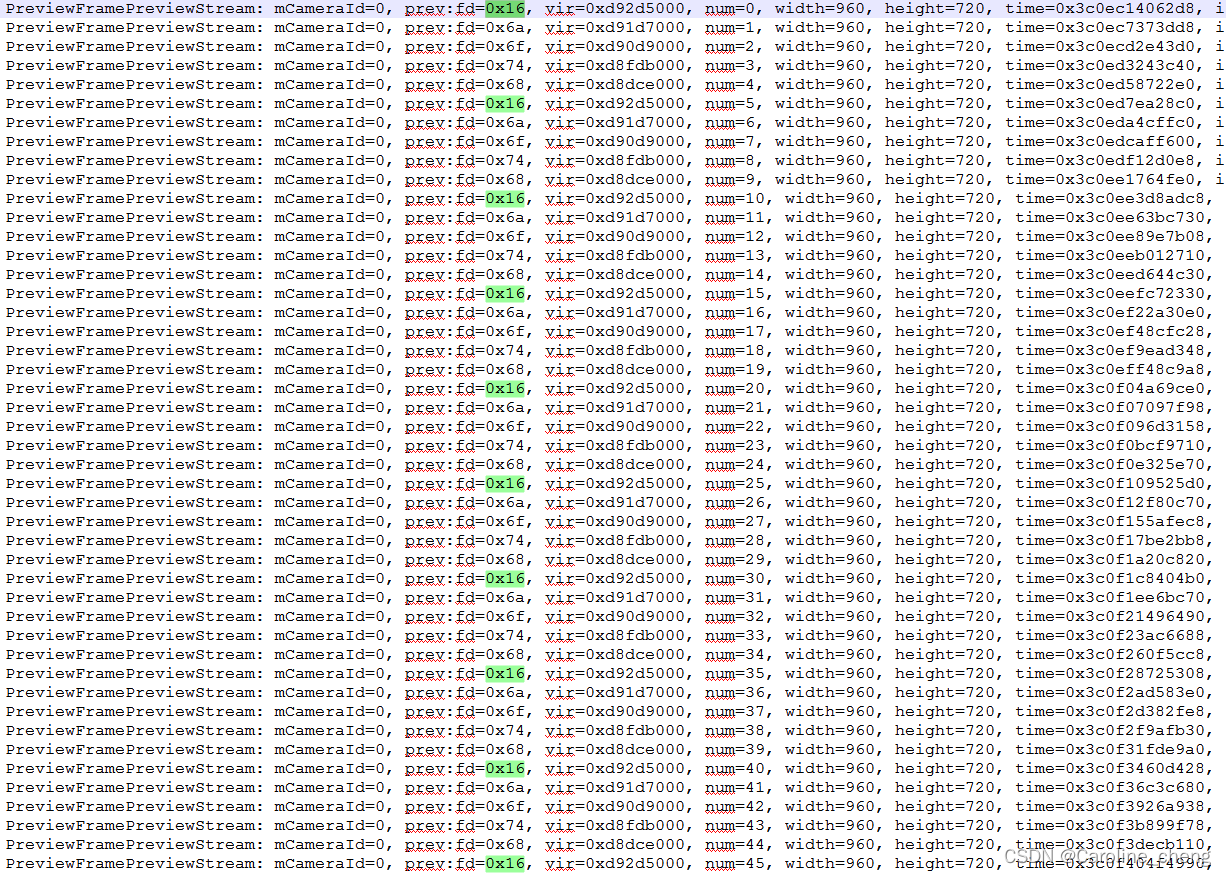当前位置:网站首页>ThreadLocal comprehensive analysis (1)
ThreadLocal comprehensive analysis (1)
2022-08-10 22:03:00 【InfoQ】
前言
絮叨
ThreadLocal基础之Java的引用
- 引用计数法:为每个对象添加一个引用计数器,每当有一个引用指向它时,计数器就加1,当引用失效时,计数器就减1,当计数器为0时,则认为该对象可以被回收(目前在Java中已经弃用这种方式了).
- 可达性分析算法:从一个被称为 GC Roots 的对象开始向下搜索,如果一个对象到GC Roots没有任何引用链相连时,则说明此对象不可用.
- JDK1.2 之前,一个对象只有“已被引用”和"未被引用"两种状态,这将无法描述某些特殊情况下的对象,比如,当内存充足时需要保留,而内存紧张时才需要被抛弃的一类对象.
四种引用类型
强引用
Object obj = new Object(); //只要obj还指向Object对象,Object对象就不会被回收
obj = null; //手动置null
软引用
SoftReference<String> softReference = new SoftReference<String>(new String("小六六"));
System.out.println(softReference.get());
弱引用
WeakReference<String> weakReference = new WeakReference<String>(new String("小六六"));
System.gc();
if(weakReference.get() == null) {
System.out.println("weakReference已经被GC回收");
}
weakReference已经被GC回收
虚引用(PhantomReference)
PhantomReference<String> phantomReference = new PhantomReference<String>(new String("小六六"), new ReferenceQueue<String>());
System.out.println(phantomReference.get());
- 强引用 一直存活,除非GC Roots不可达 所有程序的场景,基本对象,自定义对象等.
- 软引用 内存不足时会被回收 - 一般用在对内存非常敏感的资源上,用作缓存的场景比较多,例如:网页缓存、图片缓存
- 弱引用 只能存活到下一次GC前 生命周期很短的对象,例如ThreadLocal中的Key.
- 虚引用 随时会被回收, 创建了可能很快就会被回收 业界暂无使用场景, - 可能被JVM团队内部用来跟踪JVM的垃圾回收活动
ThreadLocal基础之Java中的值传递和地址传递
public class Test {
public static void main(String[] args) {
String str = "123";
System.out.println(str);
change(str);
System.out.println(str);
}
public static void change(String str){
str = "小六六";
}
}
123
小六六
123
123
- 值传递,传递值,Changes in the formal parameters of the function do not affect the actual parameters.
- 引用传递,传递对象引用,Changes to formal parameters in a function affect actual parameters.
String a = new String("小六六");
String b;
b= new String("小六六");
- b:对象的引用
- “小六六”:实际对象
public class Person {
private String name;
private int age;
public String getName() {
return name;
}
public void setName(String name) {
this.name = name;
}
public int getAge() {
return age;
}
public void setAge(int age) {
this.age = age;
}
}
public static void PersonCrossTest(Person person){
System.out.println("传入的person的name:"+person.getName());
person.setName("我是张小龙");
System.out.println("方法内重新赋值后的name:"+person.getName());
}
//测试
public static void main(String[] args) {
Person p=new Person();
p.setName("我是马化腾");
p.setAge(45);
PersonCrossTest(p);
System.out.println("方法执行后的name:"+p.getName());
}
1传入的person的name:我是马化腾
2方法内重新赋值后的name:我是张小龙
3方法执行后的name:我是张小龙
public static void PersonCrossTest(Person person){
System.out.println("传入的person的name:"+person.getName());
person=new Person();//加多此行代码
person.setName("我是张小龙");
System.out.println("方法内重新赋值后的name:"+person.getName());
}
传入的person的name:我是马化腾
方法内重新赋值后的name:我是张小龙
方法执行后的name:我是马化腾
Person p=new Person();
p.setName("我是马化腾");
p.setAge(45);
PersonCrossTest(p);
person=new Person();
- 在Java中所有的参数传递,不管基本类型还是引用类型,都是值传递,或者说是副本传递.只是在传递过程中:
- 如果是对基本数据类型的数据进行操作,由于原始内容和副本都是存储实际值,并且是在不同的栈区,因此形参的操作,不影响原始内容.
- 如果是对引用类型的数据进行操作,分两种情况,一种是形参和实参保持指向同一个对象地址,则形参的操作,会影响实参指向的对象的内容.一种是形参被改动指向新的对象地址(如重新赋值引用),则形参的操作,不会影响实参指向的对象的内容.
ThreadLocal基础之this关键字
this关键字的作用
String name;//定义当前Person名字
//参数nameis the target name
//成员变量nameown name
public void sayHello(String name) {
System.out.println(name+",你好.我是"+name);
}
public static void main(String[] args) {
Person person = new Person();
//设置当前person名字
person.name = "王健林";
//调用sayHello方法
person.sayHello("王思聪");
}
this关键字的原理
String name;//定义当前Person名字
//参数nameis the target name
//成员变量nameown name
public void sayHello(String name) {
System.out.println(this);
}
public static void main(String[] args) {
Person person = new Person();
//设置当前person名字
person.name = "王健林";
//调用sayHello方法
person.sayHello("王思聪");
System.out.println(person);
}
结尾

日常求赞
边栏推荐
- 基于Pix4Dmapper的空间三维模型重建应用——空间分析选址
- JVM classic fifty questions, now the interview is stable
- RTL8721DM 双频WIFI + 蓝牙5.0 物联网(IoT)应用
- Uniapp编译后小程序的代码反编译一些思路
- 异常的了解
- PROCEDURE :存储过程结构——《mysql 从入门到内卷再到入土》
- Live Classroom System 08 Supplement - Tencent Cloud Object Storage and Course Classification Management
- 直播课堂系统08-腾讯云对象存储和课程分类管理
- 为什么一般公司面试结束后会说「回去等消息」,而不是直接告诉面试者结果?
- 从斐波那契 - 谈及动态规划 - 优化
猜你喜欢
随机推荐
apr_thread使用内存之谜
ThreadLocal全面解析(一)
微擎盲盒交友变现-vp_ph打开慢优化
SELECT:简单的查询操作语法&使用例——《mysql 从入门到内卷再到入土》
Common interview questions for APP UI automation testing, maybe useful~
服务——DNS正向反向域名解析服务
RADIUS Authentication Server Deployment Costs That Administrators Must Know
FPGA - Memory Resources of 7 Series FPGA Internal Structure -03- Built-in Error Correction Function
TCL:事务的特点,语法,测试例——《mysql 从入门到内卷再到入土》
接口测试的概念、目的、流程、测试方法有哪些?
APP UI自动化测试常见面试题,或许有用呢~
黑猫带你学Makefile第12篇:常见Makefile问题汇总
LeetCode-402 - Remove K digits
LeetCode-36-二叉搜索树与双向链表
【PCBA solution】Electronic grip strength tester solution she'ji
DDL:CREATE 创建数据库——《mysql 从入门到内卷再到入土》
shell programming without interaction
C # Hex file transfer skills necessary article 】 【 bin file code implementation
Redis Performance Impact - Asynchronous Mechanisms and Response Latency
FPGA - 7系列 FPGA内部结构之Memory Resources -03- 内置纠错功能

